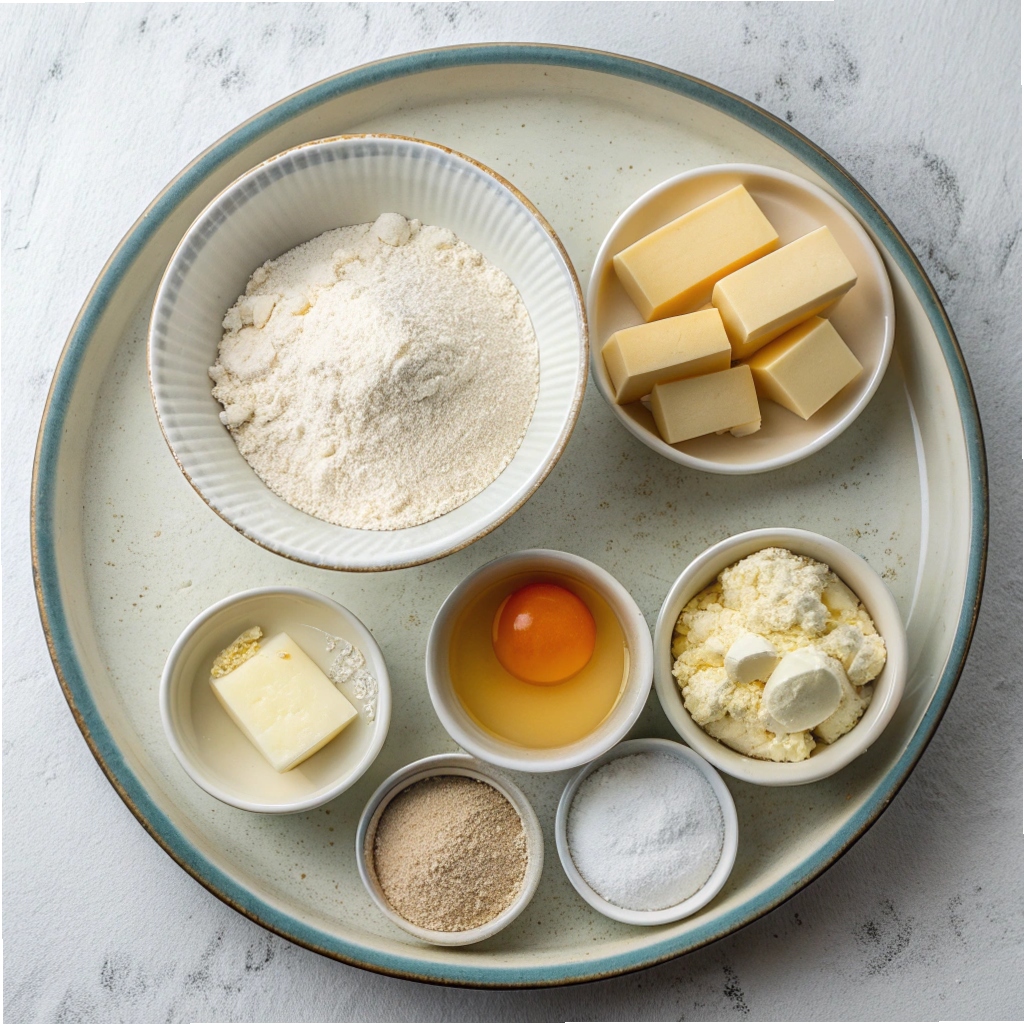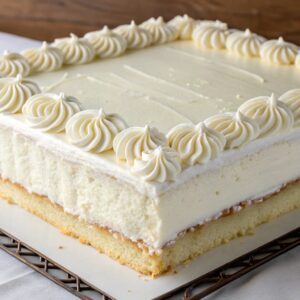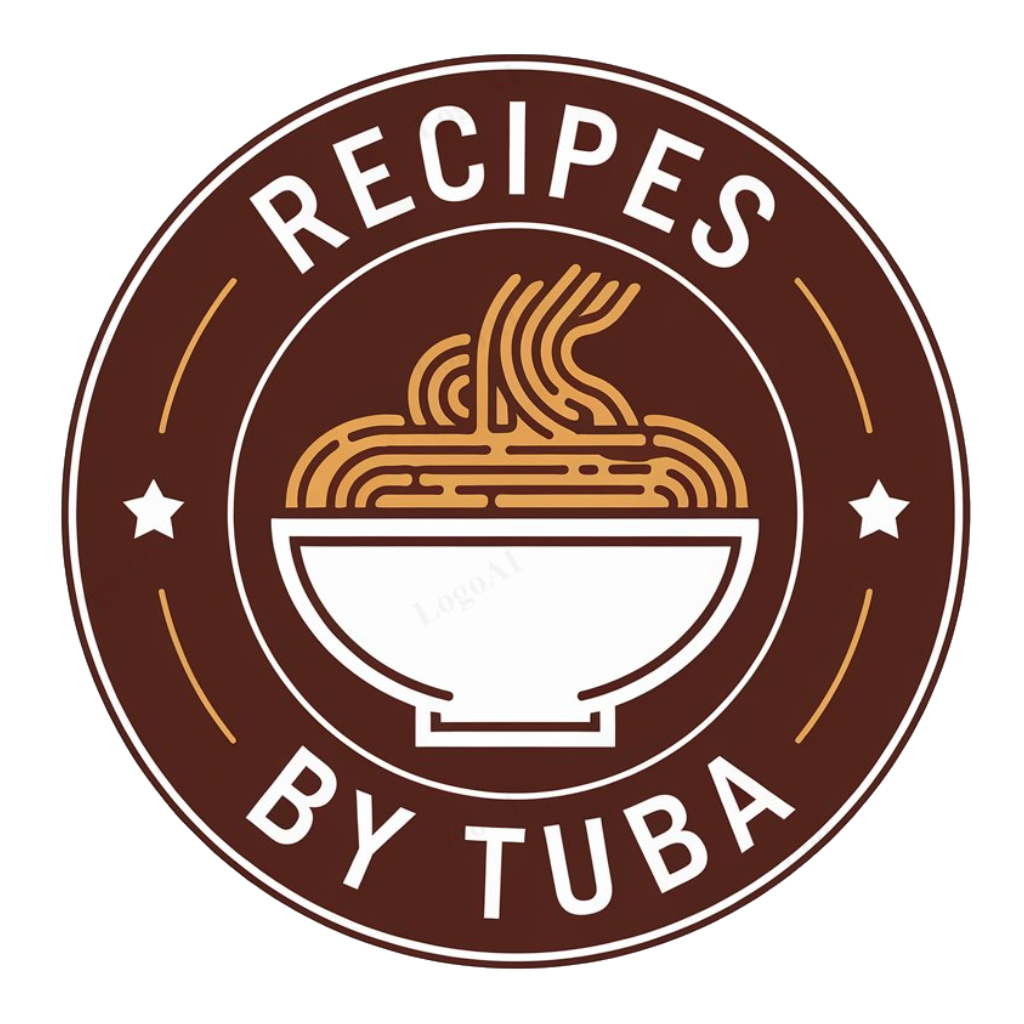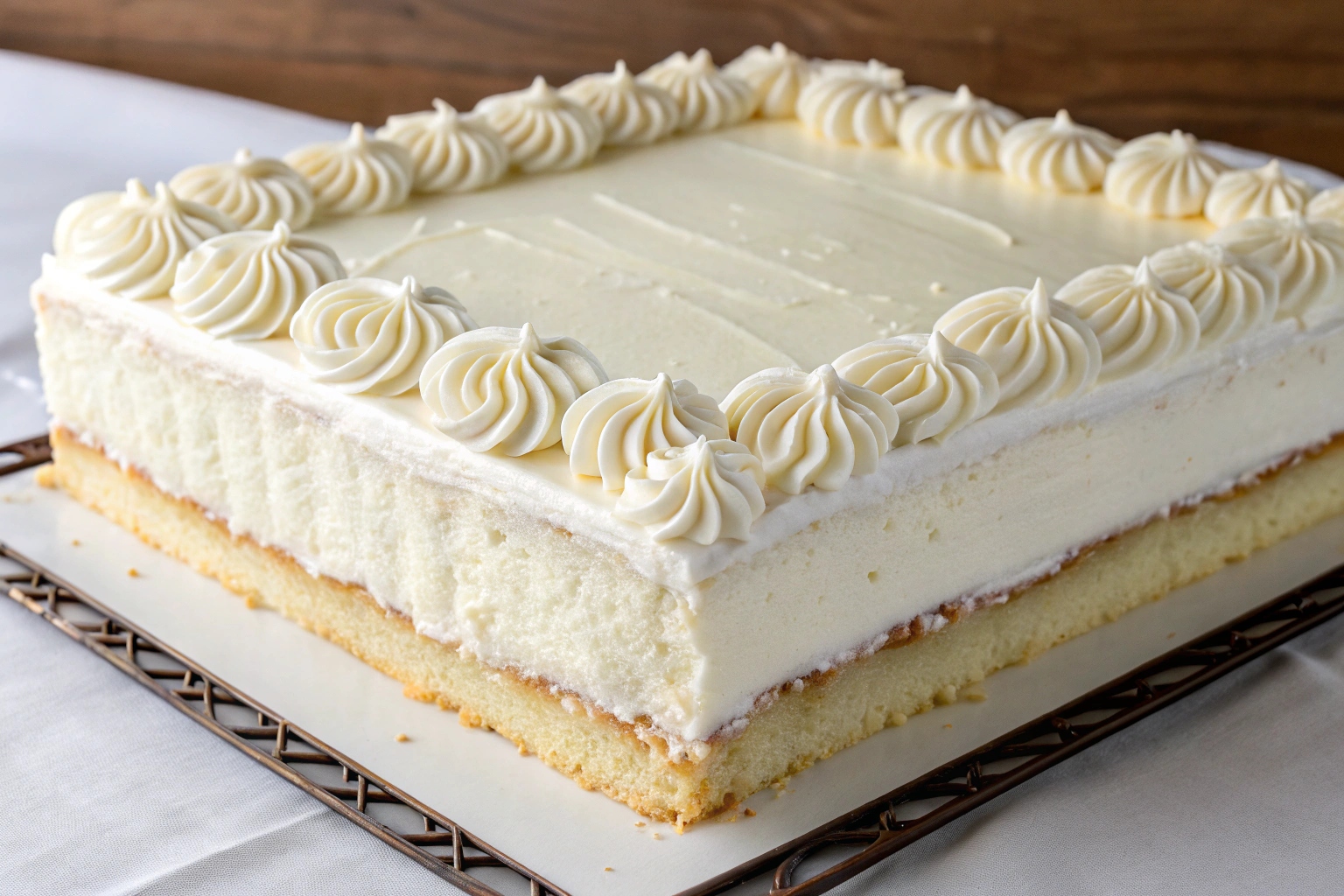This white Texas sheet cake delivers bakery-quality results every single time with its impossibly moist crumb, signature almond flavor, and that iconic crackly glaze that melts into the warm cake. Ready in just 35 minutes from start to finish, this foolproof recipe feeds up to 24 people and has become the most requested dessert at every gathering.
Why This White Texas Sheet Cake Recipe Works
The Secret to Perfect White Texas Sheet Cake
The magic of this best white Texas sheet cake lies in our unique boiling butter method that creates an incredibly tender crumb you won’t achieve with traditional mixing. By heating the butter and water together, we’re essentially creating a hot emulsion that, when combined with the flour, partially cooks the starches and creates that signature melt-in-your-mouth texture Texas sheet cakes are famous for.
What Makes This Recipe Special
Unlike traditional sheet cakes that can turn out dry or crumbly, our version combines three moisture-locking techniques. First, we use both butter and neutral oil for richness that lasts for days. Second, the addition of sour cream provides tang and tenderness while activating our leavening. Finally, adding a tablespoon of corn starch to the flour creates an ultra-fine crumb that rivals any professional bakery cake.
Ingredients You’ll Need

Main Ingredients
For the cake, you’ll need simple pantry staples that work together in perfect harmony:
- 2¼ cups all-purpose flour – provides structure while remaining tender
- 2 tablespoons corn starch – creates that signature fine crumb texture
- 2 cups granulated sugar – sweetness and moisture retention
- 1 teaspoon baking soda – your only leavening agent, activated by sour cream
- 1 teaspoon kosher salt – enhances all flavors, use ½ teaspoon if using table salt
- 1 cup unsalted butter – rich flavor and moisture
- ¼ cup neutral oil – extra insurance for a moist cake that keeps
- 1 cup water – creates steam for a light texture
- ½ cup sour cream – adds tang, moisture, and activates baking soda
- 2 large eggs – structure and richness
- 2 teaspoons almond extract – signature flavor (substitute vanilla if preferred)
- 1 teaspoon vanilla extract – rounds out the flavor profile
Pantry Staples
For the signature glaze frosting:
- ½ cup unsalted butter – creates that glossy finish
- ¼ cup whole milk – helps achieve perfect spreading consistency
- 4 cups powdered sugar – sweetness and structure for the glaze
- 1 teaspoon almond extract – echoes the cake’s flavor
- Pinch of salt – balances sweetness
- ½ cup sliced almonds or chopped pecans – optional but recommended for texture
Best Substitutions That Actually Work
Not everyone keeps almond extract on hand, and dietary restrictions are real. Here are substitutions I’ve tested extensively:
- Sour cream: Greek yogurt (same amount) or buttermilk (use ⅓ cup)
- Almond extract: All vanilla extract or 1 teaspoon rum extract
- Dairy-free option: Use plant butter and non-dairy milk
- Egg replacement: ½ cup unsweetened applesauce plus 1 tablespoon vinegar
- Gluten-free: Cup-for-cup gluten-free flour blend works beautifully
Essential Equipment
The right tools make all the difference for this white Texas sheet cake:
- Half sheet pan (18×13 inches) – traditional size that serves 24
- Alternative pans: 10×15-inch jelly roll pan or 9×13-inch for smaller batch
- Large mixing bowls – you’ll need at least two
- Medium saucepan – for the butter mixture
- Wire whisk – prevents lumps better than a spoon
- Offset spatula – for spreading the warm glaze evenly
Step-by-Step Instructions
Preparation Steps
Start by preheating your oven to 375°F (190°C) – this temperature is crucial for proper rise. Generously grease your sheet pan with butter, then dust with flour, tapping out excess. This double protection prevents sticking since we’re not using parchment paper.
In your largest mixing bowl, whisk together flour, corn starch, sugar, baking soda, and salt. Set this aside while you prepare the wet ingredients. The dry mixture can sit for up to 2 hours if you’re prepping ahead.
Cooking Process
Place butter, oil, and water in a medium saucepan over medium-high heat. Bring to a rolling boil – you’ll see large, vigorous bubbles breaking the surface, not just small bubbles around the edges. This should take 3-4 minutes.
While that heats, whisk together eggs, sour cream, and extracts in a small bowl until completely smooth. The mixture should be pale and creamy with no streaks of sour cream visible.
Once your butter mixture boils, immediately pour it over the flour mixture. Stir quickly but gently – the batter will be lumpy at first, which is perfectly normal. Add your egg mixture and stir until just combined. The final batter will be thin, almost like pancake batter, and that’s exactly what you want.
Pour batter into your prepared pan. It will naturally level itself due to its thin consistency. Bake for 18-20 minutes for a half sheet pan, 20-22 minutes for a jelly roll pan, or 30-35 minutes for a 9×13-inch pan.
How to Know When It’s Done
Your cake is perfectly baked when:
- The center springs back lightly when touched
- Edges just begin pulling away from the pan sides
- A toothpick inserted in the center comes out with just a few moist crumbs
- The surface looks set but still soft, not dry
- Internal temperature reaches 200°F (93°C)
Start your frosting when the cake has 5 minutes left to bake. This timing ensures both are warm when you combine them.
Pro Chef Tips for Success
Common Mistakes and How to Avoid Them
The number one mistake home bakers make is over-mixing the batter. Once you add the hot butter mixture, stir just until combined – lumps will disappear as it bakes. Over-mixing develops gluten, creating a tough, chewy texture instead of tender crumb.
Temperature matters more than you think. If your butter mixture isn’t truly boiling, the cake won’t achieve its signature texture. Conversely, if you let the cake cool completely before frosting, the glaze won’t properly melt into the surface, missing that iconic finish.
Room temperature ingredients are crucial. Cold eggs can seize when hitting the hot butter, creating lumps. Set eggs and sour cream out 30 minutes before starting.
Make-Ahead and Scaling Guide
Planning a party? Here’s your timeline:
- 3 days ahead: Measure dry ingredients, store in airtight container
- 1 day ahead: Bake cake, cool completely, wrap tightly (don’t frost)
- Day of: Make fresh frosting, warm cake slightly in 350°F oven for 5 minutes, then frost
Need to scale the recipe?
- Half batch: Use 9×13-inch pan, halve all ingredients, bake 25-30 minutes
- Double batch: Use two half sheet pans, double ingredients, same bake time
- Cupcakes: Fill liners ⅔ full, bake 15-17 minutes at 350°F
Troubleshooting Guide
Cake sank in the middle? Your baking soda might be old (replace every 6 months) or you opened the oven door too early. Wait until the last 5 minutes to check.
Frosting won’t set? You likely added it to a cake that was too hot. Next time, let cake cool for exactly 20 minutes – warm but not steaming.
Dry, crumbly texture? Usually from over-baking or too much flour. Measure flour by spooning into cup and leveling, never scooping directly from bag.
Frosting soaked in completely? The cake was still too warm or frosting was too thin. Add more powdered sugar next time for thicker consistency.
Storage and Reheating
Proper storage keeps your white Texas sheet cake moist for days. Store covered at room temperature for up to 3 days – the oil and sour cream act as natural preservatives. In humid climates, refrigerate after day one to prevent the frosting from becoming too soft.
For longer storage, freeze individual squares wrapped in plastic wrap, then placed in freezer bags for up to 3 months. Thaw overnight in the refrigerator or for 2 hours at room temperature.
To refresh day-old cake, microwave individual pieces for 10-15 seconds. The warmth revives that just-baked texture and slightly melts the frosting.
Recipe Variations
Dietary Adaptations
Gluten-Free Version: Replace all-purpose flour with King Arthur Measure-for-Measure flour. Add an extra egg for structure and increase baking time by 2-3 minutes.
Dairy-Free Option: Use vegan butter sticks (not tub margarine), full-fat coconut milk, and dairy-free sour cream alternative. The texture remains remarkably similar.
Lower Sugar: Reduce cake sugar to 1½ cups and frosting sugar to 3 cups. Add an extra teaspoon of vanilla to maintain flavor impact.
Seasonal Variations
Transform this classic with seasonal twists:
Spring: Top with fresh strawberries and a hint of lemon zest in the frosting Summer: Add coconut extract and toasted coconut for a tropical version Fall: Mix in pumpkin pie spice and top with candied pecans Winter: Create a peppermint version with crushed candy canes
International Twists
Give your cake global flair:
Italian: Replace almond with amaretto extract, top with toasted amaretti cookies Mexican: Add cinnamon to cake, dulce de leche drizzle on top French: Lavender extract and honey in the frosting Japanese: Matcha powder in frosting with black sesame seeds
Nutritional Benefits
While this is definitely a treat, understanding the nutrition helps with portion planning. Each serving (1/24 of cake) contains approximately:
- Calories: 285
- Carbohydrates: 42g
- Protein: 3g
- Fat: 12g
- Fiber: 1g
- Sugar: 32g
- Calcium: 25mg
- Iron: 1mg
The almond extract provides trace amounts of vitamin E, while eggs contribute protein and B vitamins. Using Greek yogurt instead of sour cream increases protein by 2g per serving.
Perfect Pairings
This best white Texas sheet cake shines on its own but pairs beautifully with:
Beverages:
- Fresh brewed coffee or espresso
- Cold milk (dairy or almond)
- Sweet tea for Southern authenticity
- Champagne for celebrations
Accompaniments:
- Vanilla bean ice cream
- Fresh berry compote
- Lemon curd
- Whipped cream
Serving suggestions for events:
- Cut into 2-inch squares for buffets
- Serve slightly warm for maximum impact
- Garnish each piece with a fresh raspberry
- Dust with edible gold powder for weddings
Frequently Asked Questions
Can I make this cake without almond extract?
Absolutely! Replace the almond extract with additional vanilla extract for a classic vanilla sheet cake. Some bakers love using coconut, rum, or even maple extract for unique flavors. The cake’s structure remains perfect regardless of extract choice.
Why is my white Texas sheet cake dense instead of fluffy?
Dense texture usually comes from over-mixing the batter or using cold ingredients. Mix just until combined – lumps are fine! Also ensure your baking soda is fresh (replace every 6 months) and your oven temperature is accurate with an oven thermometer.
Can I use this recipe for a layer cake?
While possible, this batter is specifically formulated for sheet cakes. For layers, I’d recommend reducing the liquid by ¼ cup and adding an extra egg for structure. Bake two 9-inch rounds for 25-30 minutes at 350°F.
What’s the difference between Texas sheet cake and regular sheet cake?
Texas sheet cake uses a unique boiled butter method and is frosted while warm, creating its signature moist texture and glossy finish. Regular sheet cakes use traditional creaming method and are frosted when cool. The Texas version is also typically thinner and serves more people.
How do I prevent the cake from sticking to the pan?
Generous greasing and flouring is essential since we serve directly from the pan. Spray with baking spray, then add a tablespoon of flour, tilting to coat completely. Tap out excess. Some bakers add a tablespoon of cocoa to the flour for easy release.
Can I make this in a bundt pan?
The thin batter isn’t ideal for bundt pans, but if you must, reduce water to ¾ cup and add another egg. Bake at 350°F for 45-50 minutes. The texture will be slightly different but still delicious.
Why does the recipe call for both butter and oil?
Butter provides flavor and helps with the cake’s structure, while oil ensures long-lasting moisture. This combination means your cake stays moist for days, not hours like all-butter cakes. It’s a professional baker’s secret!
Conclusion
This white Texas sheet cake recipe transforms simple ingredients into an extraordinary dessert that’ll become your signature bake. Whether you’re feeding a crowd at a potluck, celebrating a birthday, or simply craving something sweet, this foolproof recipe delivers consistent, bakery-quality results every time.
The beauty lies not just in its simplicity but in its versatility. Master the basic recipe, then make it your own with seasonal fruits, different extracts, or creative toppings. Your friends and family will be begging for the recipe, and now you have all the tips and tricks to help them succeed too.
Ready to create some sweet memories? Preheat that oven and let’s bake the best white Texas sheet cake you’ve ever tasted. Don’t forget to share your creations and tag us – we love seeing your beautiful bakes!
Love sheet cakes? Try our Easy Pan Butter Biscuits for another crowd-pleasing recipe that’s perfect for gatherings!

Best White Texas Sheet Cake
Equipment
- Half sheet pan (18×13 inches) or jelly roll pan (15×10 inches)
- Large mixing bowls
- Medium saucepan
- Wire whisk
- Offset spatula
Ingredients
For the Cake
- 2¼ cups all-purpose flour
- 2 tablespoons corn starch
- 2 cups granulated sugar
- 1 teaspoon baking soda
- 1 teaspoon kosher salt
- 1 cup unsalted butter
- ¼ cup neutral oil
- 1 cup water
- ½ cup sour cream (room temperature)
- 2 large eggs (room temperature)
- 2 teaspoons almond extract
- 1 teaspoon vanilla extract
For the Glaze Frosting
- ½ cup unsalted butter
- ¼ cup whole milk
- 4 cups powdered sugar
- 1 teaspoon almond extract
- Pinch of salt
- ½ cup sliced almonds or chopped pecans (optional)
Instructions
- Preheat oven to 375°F (190°C). Generously grease a half sheet pan (18×13 inches) or jelly roll pan (15×10 inches) with butter. Dust with flour, tilting pan to coat completely, then tap out excess. This double protection prevents sticking.
- In a large mixing bowl, whisk together flour, corn starch, sugar, baking soda, and salt until well combined. Set aside while preparing wet ingredients. The dry mixture can sit for up to 2 hours if prepping ahead.
- In a small bowl, whisk together eggs, sour cream, almond extract, and vanilla extract until completely smooth and pale. The mixture should have no streaks of sour cream visible. Set aside.
- Place butter, oil, and water in a medium saucepan over medium-high heat. Bring to a rolling boil with large, vigorous bubbles breaking the surface, not just small bubbles around edges. This should take 3-4 minutes.
- Immediately pour the boiling butter mixture over the flour mixture. Stir quickly but gently – the batter will be lumpy at first, which is normal. Add the egg mixture and stir just until combined. The final batter will be thin like pancake batter.
- Pour batter into prepared pan – it will naturally level itself. Bake for 18-20 minutes for half sheet pan, 20-22 minutes for jelly roll pan. The cake is done when center springs back lightly when touched and edges just pull away from sides.
- When cake has 5 minutes left to bake, start the frosting. Melt butter in a medium saucepan over medium heat. Add milk and bring to a simmer. Remove from heat and whisk in powdered sugar, almond extract, and salt until smooth.
- If using nuts, stir sliced almonds or chopped pecans into the warm frosting until completely coated. The nuts will toast slightly from the heat of the frosting.
- Remove cake from oven and let cool for exactly 20 minutes – warm but not steaming. Pour warm frosting over warm cake, spreading quickly with offset spatula. The frosting will melt slightly into the cake, creating the signature glossy finish.
- Let cake cool completely, about 1 hour, until frosting sets with characteristic crackly top. Cut into squares and serve. Store covered at room temperature for up to 3 days.

